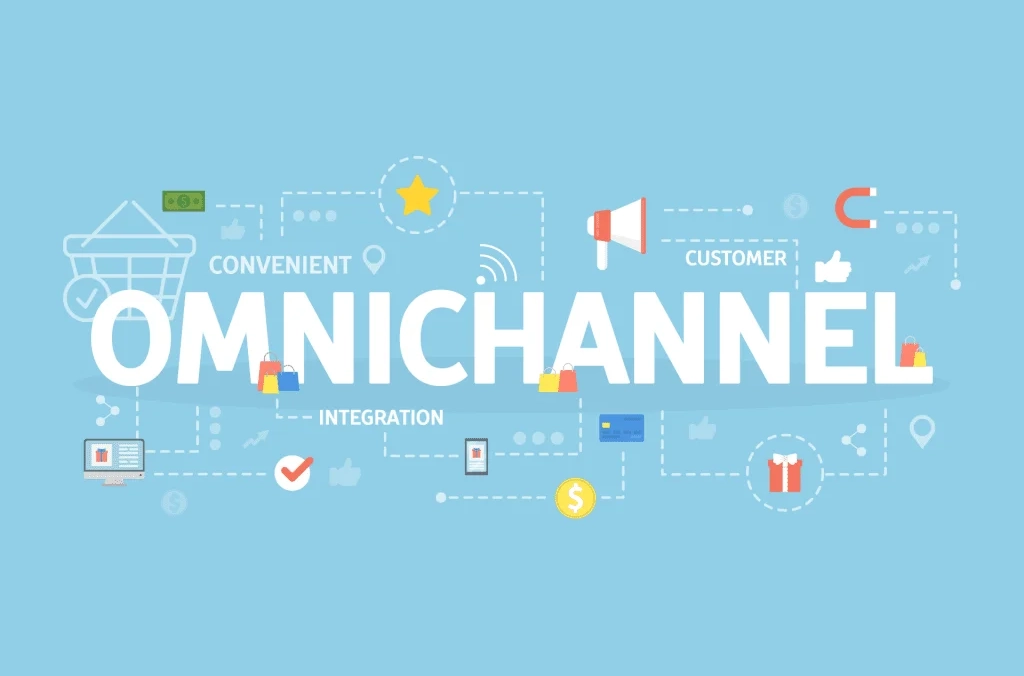Introduction
Embark on the journey of omnichannel e-commerce strategies where careful planning and execution pave the way for success. Here’s your guide to navigating the dynamic landscape of omnichannel success:
Align to Organizational Goals
To kickstart the development of a successful omnichannel e-commerce strategy, the initial step involves aligning the approach with the overarching goals of the company. This necessitates taking a panoramic view and establishing cross-departmental objectives that encompass the marketing, sales, and services departments. Before diving into the intricacies of strategy development, a thorough review of the business goals set by the company for the year is imperative.
This step provides a comprehensive understanding of the organizational priorities and sheds light on which facets should be prioritized in the omnichannel strategy. By gaining clarity on business objectives, a roadmap is laid out, enabling a focused approach to identifying opportunities that can yield optimal outcomes. This knowledge is pivotal in pinpointing the most suitable channels for reaching and engaging customers at every stage of the sales funnel. Consequently, this understanding positions you as a more effective strategic partner, fostering collaboration with various departments across the business landscape. Acting as the linchpin between organizational goals and omnichannel execution, this alignment sets the foundation for a cohesive and purposeful approach to e-commerce.
Refine Customer Journey Map
Much like consumer preferences and behaviors, the customer journey is in a constant state of evolution. To ensure success in the omnichannel landscape, it’s imperative to gather comprehensive information on customer behavior, preferences, pain points, and needs from all targeted channels. Employing a variety of data collection methods, such as surveys, questionnaires, analytics tools, focus groups, and CRM data, is essential in capturing the multifaceted aspects of customer interactions.
The data amassed from these channels serves as the bedrock for uncovering new opportunities, whether in terms of personalized experiences or elevated customer care. This comprehensive understanding enables businesses to tailor their strategies to align seamlessly with customer expectations across various touchpoints. Additionally, the timeliness of these insights is paramount to keeping the omnichannel strategy not only effective but also continually up-to-date. By regularly updating the customer journey map, businesses can adapt swiftly to shifts in consumer behavior and preferences, ensuring that their omnichannel approach remains agile and resonant with the ever-changing landscape of customer expectations.
Identify Stakeholders
Recognizing the intricate nature of omnichannel strategies and the time it takes for their adoption, it becomes imperative to pinpoint the individuals and teams essential for turning the envisioned strategy into reality.
Engaging stakeholders becomes a priority after assessing company goals and optimization opportunities. For instance, if the aim is to enhance repeat purchases, collaboration with sales, marketing, and customer service teams is indispensable. These teams offer valuable insights that significantly influence strategy design and execution. The collaborative dialogue not only gathers diverse input but also ensures a shared objective and common understanding among team members. This alignment is critical for a unified approach that integrates various business facets toward the common goal of successful omnichannel implementation.
Embracing collaboration is more than a procedural step; it’s a fundamental philosophy shaping the trajectory of an omnichannel strategy. By fostering a culture of collaboration, businesses create a well-designed, sustainable, and adaptable approach responsive to dynamic shifts in both the market and customer behaviors.
Customize Approach for Each Channel
It’s essential to recognize that sharing a consistent message doesn’t equate to sharing the same message across all platforms. To optimize the effectiveness of omnichannel communication, content must be tailored and adapted based on the unique characteristics of each channel and network.
Each channel, whether it’s social media, email, or a physical store, plays a distinct role in contributing to overall business goals. However, achieving these goals requires recognizing that the development of brand personality demands different timelines, tactics, and formats depending on the channels in use. For instance, delivering a message may remain the same, but its format could vary—a short video might be suitable for TikTok, while a formal yet informative post may be better suited for LinkedIn.
By customizing content for each channel, businesses can ensure that their omnichannel strategy is finely tuned to maximize returns. This tailored approach acknowledges the diversity of the audience and the unique dynamics of each platform, allowing for a more nuanced and effective engagement strategy. In essence, the key lies not only in consistency of messaging but also in the adaptability of content formats to suit the specific characteristics of each channel.
Prioritize an Integrated Tech Stack
In the final step of creating omnichannel e-commerce plans, it’s crucial to focus on using a well-connected tech setup. This helps keep things consistent for customers, ensuring they have a smooth experience across different channels. When considering new tools, it’s important to check if they fit well with the omnichannel approach, as one size doesn’t fit all. Choosing tools with in-house support for pre-built integrations makes the setup process simpler.
It’s also essential to spread the word about the omnichannel approach to everyone involved. This step is about more than just using technology – it’s about getting everyone on board with the idea that all the different channels work together for a better customer experience. In simple terms, the integrated tech setup acts like the glue, making sure everything runs smoothly for both customers and the team behind the scenes.
Conclusion
In conclusion, the journey to effective omnichannel e-commerce strategies underscores the importance of a customer-centric, adaptable approach. By aligning with organizational goals, refining the customer journey, collaborating effectively, customizing content, and integrating technology, businesses can navigate the complexities of the digital landscape. The overarching lesson is the need for a commitment to delivering a seamless, personalized experience across all channels. As businesses evolve, the continuous refinement of omnichannel strategies remains a key element in meeting the dynamic expectations of today’s consumers, ensuring sustained success in the ever-changing e-commerce landscape.


 Hot Articles
Hot Articles